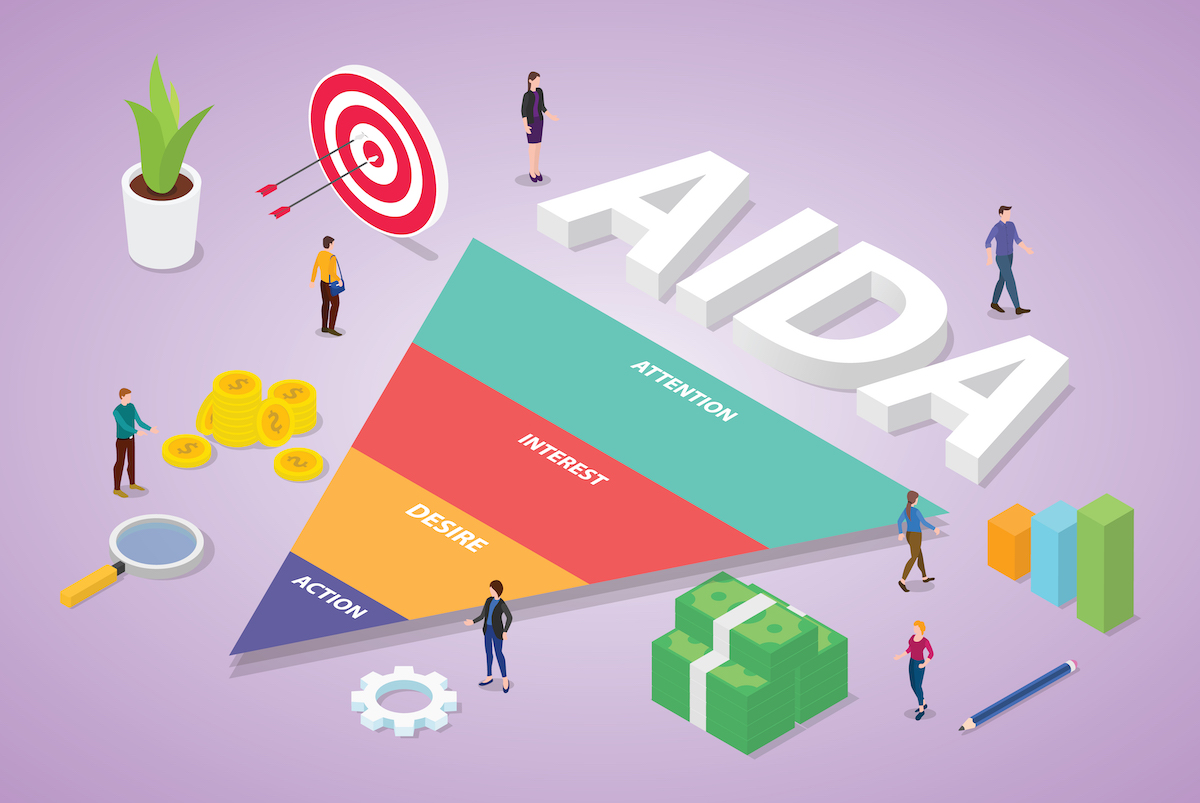WtidiLet’s imagine a situation: you’ve come up with a brilliant idea for a new business, got yourself some cash to invest in your new venture. You might have borrowed it from a loving aunt or from a bank hungry for you interest rate repayments. You might as well have saved it for years hoping for a sudden insight. So the great idea finally happened: it’s faultless, you’ve got your relatives and friends behind your back and you eagerly move to its realisation.
You know that being online is essential and that brick-and-mortar solutions are not the way you want to move forward (business accommodation prices bite, hiring permanent staff at this stage is out of the question.
You set up a Facebook page, build a website, plan an email marketing campaign and start waiting for an influx of clients to your awesomely designed online store. A week passes and… nothing. A two-weeks mark makes you think you just need to wait a bit longer and maybe boost a post that Facebook lovingly offers every time you write something on your business page. Still nothing. In a month time, you might start panicking and thinking that your brilliant business idea is not so brilliant in the end.
Time goes, but there’s nothing to show for your time and efforts. At this point, some aspiring entrepreneurs might persevere and learn the basics of online marketing on their own. Still, most might start thinking of hiring someone to do their marketing online to free some time for more business thinking. But there are some common digital marketing mistakes to avoid when looking for someone to do it for you.
Lack of cohesive marketing strategy and plan
Hiring an individual trained to do one thing and ONLY one thing. Let’s say you want to create social media posts every day for your business page because you’ve heard it’s important to have regular posting on Facebook. But after some time you might realise that you don’t have any cohesive content on your page, because it lacks structure and set goals.
Many times at Allsopp Media, we’ve dealt with people who just wanted to hire someone to do their social media posting without any particular direction and strategy behind it. Content marketing is all about the strategy and plan.
The key thing for such businesses usually is to do it as cheap as possible, and not worry about the type of content that will appear on the page. Promoting your business this way is the road to nowhere, as this way you don’t create any meaningful interaction with your target audience. Yes, you might get a couple of likes here and there, but without a proper marketing strategy and processes in place, all your posting efforts will go to the drain.
Understanding your end goal
You might think that throwing all your resources into one channel might eventually bring results (by ‘eventually’, many of us mean a month the maximum). So let’s say you invest 1000 pounds in Google ads without any backup plan what’s going to happen next. You want to sell straight away. Full stop. But you might want to ask yourself one crucial question: what’s the endgame for your business? Is it to be successful? Do you want your clients to come back to you for more? Do you understand your customer ‘journey’ or you just need to quickly sell something and then not bother with creating a mutual dialogue and loyalty with your potential returnees?
Quick sell mode
One of the biggest obstacles many marketing agency owners need to overcome (including us, of course) when talking to clients is a misunderstanding of how the process of making a buying decision works.
Some of you might have heard that to make a purchase, an average person needs to have ‘7 touches’. It is a fundamental marketing psychology principle stating that it takes seven “touches” before someone will process and act upon a specific call to action. Today’s consumer is sceptical. Why? Because we are bombarded with a myriad of choices from all possible media channels. And sometimes picking what’s right for them is not easy.
The path to purchase has become much more complicated than in the past as so many digital communication channels are paving the way to purchase these days: blogs, social media, chats, messengers, banners, Instagram influencers etc. It’s so easy to get lost or lose a direction in this stream.
People need to gain some trust before they make a buying decision. Many potential buyers of any product will first engage with your website (found on Google or via other search engines), then read your blog and other people’s reviews before even thinking of buying something. Think of it as a quest where certain puzzle pieces need to come together before the whole picture gets revealed.
So merely showing your potential audience a Facebook ad or posting a funny cat on your business page and saying how awesome you are, might not cut it. That’s why so many marketers create so-called ‘marketing funnels’ to allow entry of many people first at the wide end and narrow it at the bottom. That’s where the sale happens. It might involve several steps and offering multiple ‘free incentives’ on the way to this narrow end.
Psychological principals behind a buying decision
You might find it useful to look at some basic psychological model many marketers refer to when trying to explain the purchase decision to business owners. It’s called AIDA model.
What does AIDA stand for?

Awareness:
Creating brand awareness or connection with your service or product
Interest:
Forming an initial interest in your product or service that is enough to research more on your brand
Desire:
Creating an urge to buy your product or service with the help of an ’emotional connection’, This is where you can stand out with your brand personality and a distinct brand voice. That’s how you move a potential client from a phase where they are simply curious to desiring your product.
Action:
As you can see it’s stage 3 when you can actually move to incentivising your potential buyer to take the next step in the funnel, or CTA (call to action). It can be anything from making this phone call or subscribing to your webinar, to a paid advertisement selling high-ticket offer from your brand.
Retention
Last, but not least is making your customer buy more from you: upsetting, cross-selling or referring you to their friends. Focusing on a lifetime value vs a one-off sell is key to having a successful business.
We hope that you enjoyed our article on digital marketing mistakes to avoid for businesses starting their digital marketing campaigns journey.
Now that you understand that there are many factors involved in building an online presence and creating effective communication with your clients via marketing funnels, you can continue your efforts in establishing a world’s domination.
Once you have figured out your marketing funnels, you can sit and relax while sipping something nice on your sunny deck and seeing these sales flowing.
But if you still need a push or a sense of direction in this complicated world of marketing communication and funnels, simply give Allsopp Media a shout, and we’ll be happy to help you find it.




